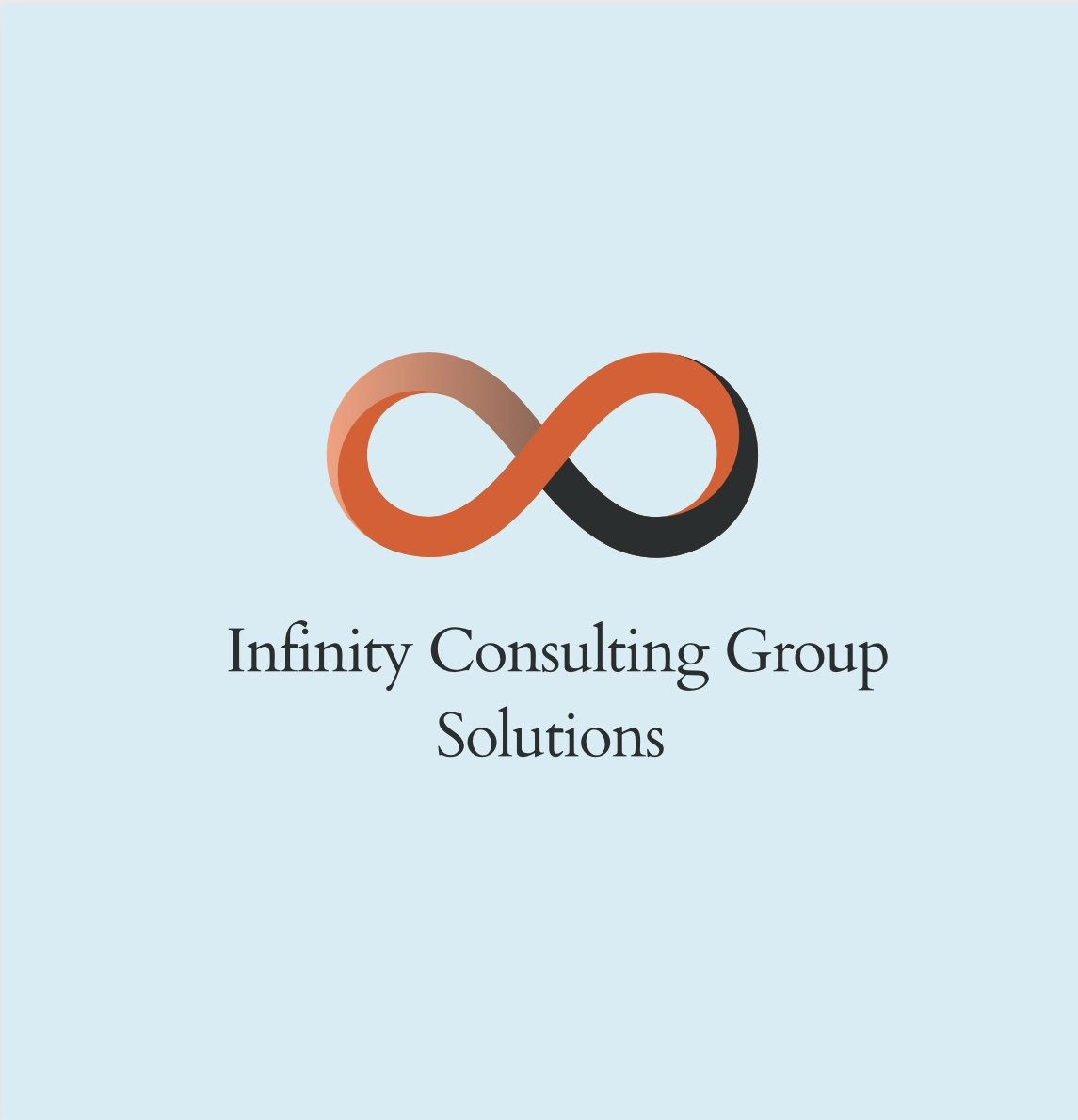Why Strategic Sourcing Should Be Your Goal in 2025
Strategic sourcing is no longer just about cutting costs—it’s about resilience, risk mitigation, and creating competitive advantages. With persistent supply chain disruptions, rising geopolitical tensions, and fluctuating supplier markets, organizations that take a passive approach to sourcing will struggle to maintain margins and operational continuity.
C-suite executives and procurement leaders need to shift from traditional cost-cutting mindsets to a structured, data-driven sourcing strategy that aligns with broader business objectives. The question isn’t if you should invest in strategic sourcing, but how you can use it to drive real business outcomes.
Cost Optimization Without Damaging Supplier Relationships
Too often, organizations push for lower costs without considering the long-term impact on supplier relationships. This can result in unstable supply chains, reduced service levels, and weakened negotiating positions when market conditions shift.
Instead of focusing solely on price reductions, leading companies are leveraging total cost of ownership (TCO) models that account for:
Supplier financial health: Understanding the balance sheet strength of critical suppliers to avoid failures that could disrupt operations.
Operational efficiencies: Identifying bottlenecks in the procurement process that inflate costs beyond direct pricing.
Category segmentation: Differentiating between strategic, leverage, and transactional suppliers to apply the right sourcing approach to each.
Should-cost analysis: Using cost modeling to understand true supplier margins and identify hidden savings opportunities.
By taking this approach, organizations negotiate smarter—not harder—leading to sustainable cost savings while maintaining supplier performance.
De-Risking Supply Chains in an Era of Uncertainty
The days of single-sourcing for cost efficiency are over. While consolidating suppliers has historically been a way to drive down costs, it has also led to increased fragility in supply chains.
Companies that failed to diversify their supplier base before COVID-19 or the Russia-Ukraine conflict faced significant lead time increases, supplier failures, and extreme cost volatility. In 2025, sourcing strategies must address:
Geopolitical risk exposure: Mapping suppliers against trade agreements, tariffs, and sanctions to prevent unexpected disruptions.
Multi-tier supplier visibility: Going beyond Tier 1 suppliers to understand vulnerabilities in Tier 2 and Tier 3 networks.
Regional redundancy: Shifting from global sourcing to regionalized supply bases for critical categories.
Financial risk modeling: Stress-testing suppliers based on economic conditions, raw material price fluctuations, and demand shifts.
Organizations that build proactive risk mitigation strategies will outlast those that react only when a crisis occurs.
Leveraging AI and Advanced Analytics to Drive Smarter Sourcing Decisions
Traditional procurement relies on historical data and manual negotiations. However, organizations investing in AI and predictive analytics are moving beyond reactive decision-making.
Companies leading in strategic sourcing today are using:
Spend intelligence platforms to consolidate and analyze procurement data across business units, reducing maverick spending.
Predictive supplier risk modeling to assess financial, operational, and geopolitical risks in real time.
Automated contract management to monitor supplier compliance and flag deviations before they become issues.
AI-powered negotiations that use historical pricing trends and supplier behavior to optimize contract terms.
By incorporating AI and machine learning into the sourcing process, procurement teams can proactively identify cost-saving opportunities, mitigate risks before they materialize, and improve supplier collaboration.
Aligning Procurement with ESG and Regulatory Compliance
Environmental, Social, and Governance (ESG) compliance is no longer optional—it’s a business requirement driven by investors, regulators, and consumers. Companies failing to integrate ESG criteria into their sourcing strategies risk fines, reputational damage, and supplier contract terminations.
For 2025, organizations need to build procurement strategies that align with sustainability goals and compliance requirements, including:
Scope 3 emissions tracking: Understanding carbon emissions across the entire supply chain and holding suppliers accountable.
Supplier diversity initiatives: Expanding spend with minority-owned, women-owned, and small businesses to meet DEI commitments.
Regulatory audits: Preparing for increased scrutiny from agencies enforcing responsible sourcing and fair labor practices.
Circular economy models: Prioritizing suppliers with waste reduction and recycling programs that align with sustainability commitments.
Procurement leaders that embed ESG into their sourcing strategies will meet compliance standards while enhancing brand reputation and competitive differentiation.
Why Strategic Sourcing is a Competitive Advantage in 2025
Organizations that treat procurement as a strategic function rather than a cost center will outperform their competitors in 2025. Strategic sourcing is no longer about transactional savings—it’s about resilience, agility, and alignment with business strategy.
Companies that win in this space will:
Build long-term supplier partnerships that reduce risk and improve quality.
Leverage AI and analytics for faster, smarter sourcing decisions.
Integrate ESG and compliance into their supplier evaluations.
Optimize total cost of ownership instead of focusing only on unit price.
Diversify supply chains to protect against future disruptions.
Strategic sourcing isn’t a procurement initiative—it’s a business necessity.

